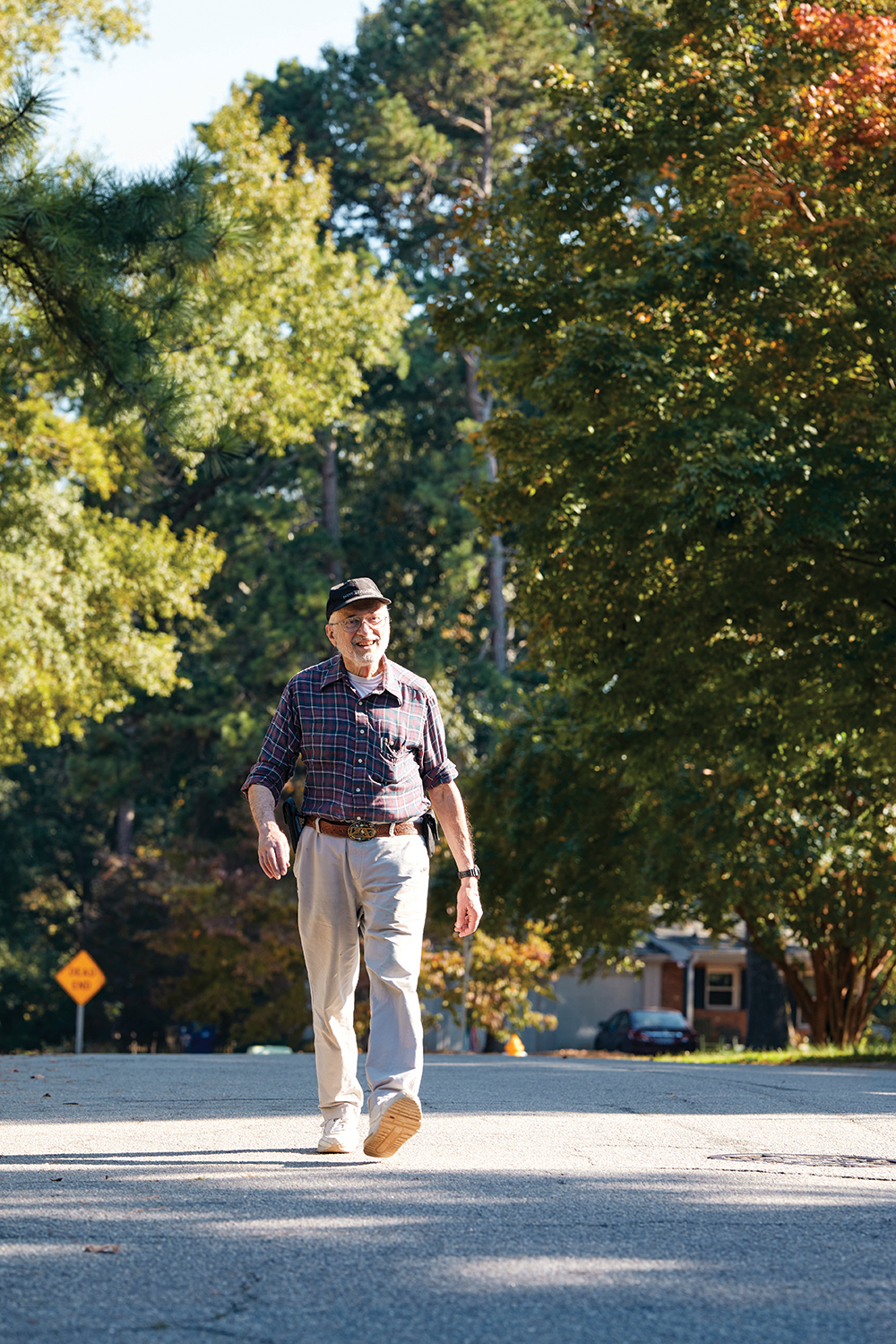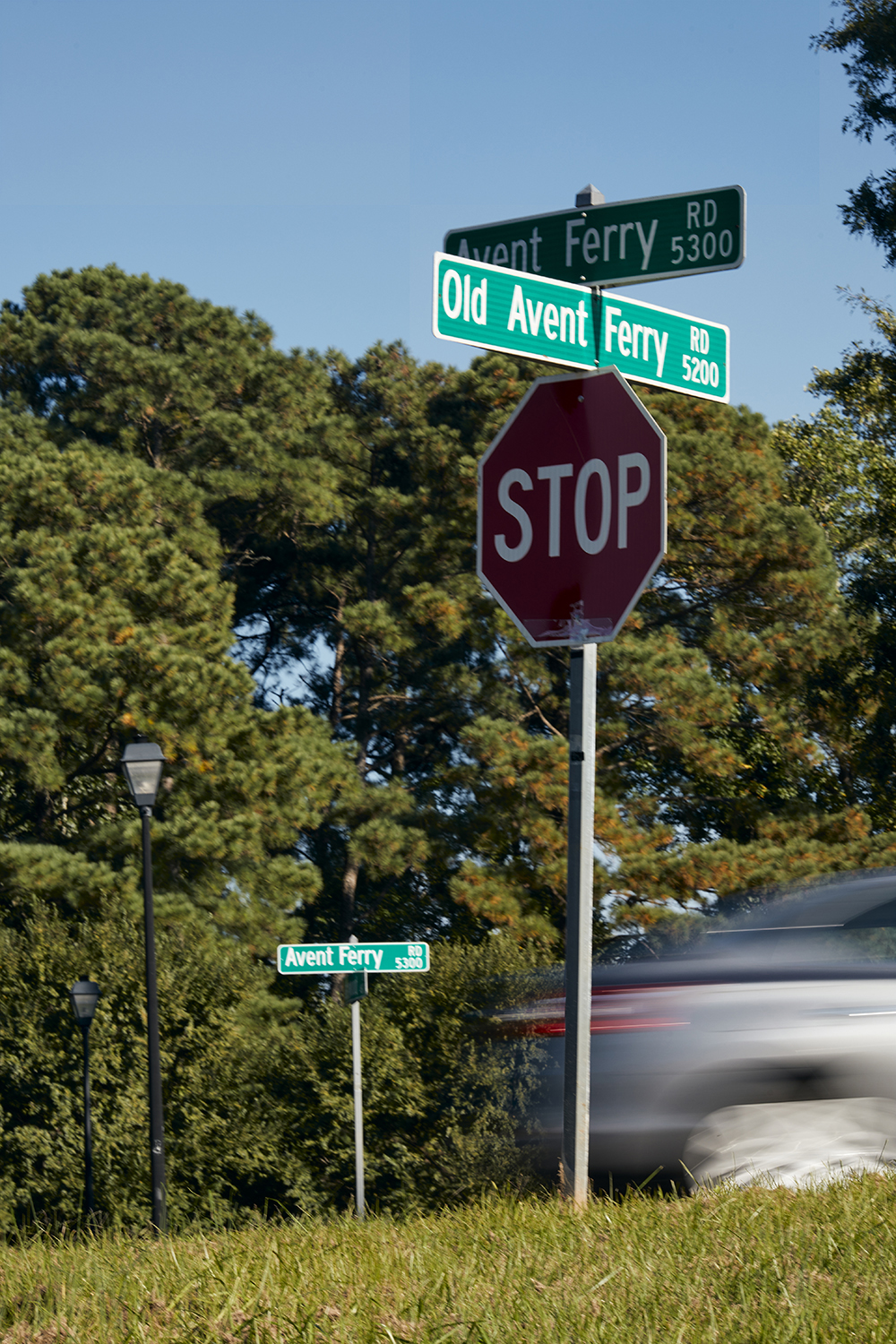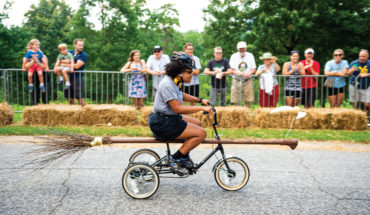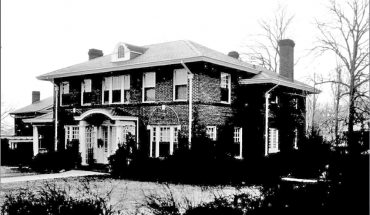Henry Schaffer’s daily walks offer him time for reflection, and a chance to discover his town anew
by Addie Ladner | photography by Joshua Steadman
Henry Schaffer will tell you he lived in Raleigh for nearly half a century and “never paid attention.” Teaching and raising children with his wife kept the 82-year-old busy. For years, he took the same route each day, driving down Hillsborough Street to North Carolina State University, where he taught genetics and biomathematics and worked his way up to Professor Emeritus. “I’d watch out for potholes and pedestrians, but pay no attention to architecture, landscapes or street names,” he says. “Why would I?”
When COVID-19 brought a nationwide shutdown, that changed. His kids are grown. Now retired, his work was winding down. With nowhere to rush to, one crisp spring day he thought, “Why not take a walk?” That walk led to another, then more. He started walking at least every other day for an hour or two, up to five miles at a time, exploring roads like Western Boulevard, Athens Drive and Jones Franklin with no objective. He noted dead ends, unpaved roads and peculiar street names.
And this series of simple strolls evolved into a personal quest: learning the backstories of dozens of road names in West Raleigh.
Take Avent Ferry Road: according to his findings, the original road went to Holly Springs and ended up at the Cape Fear River, where a man named John Avent ran a ferry until 1926. Beryl Road, he discovered, was named after the daughter of Berry O’Kelly, a Black philanthropist and businessman from the 1930s. Kaplan Road was named after a dairy farmer whose farm was originally downtown—but it stunk so bad he was forced to move to what is now Kaplan Drive.
“I try to walk on every single road I come to as opposed to driving,” says Schaffer, “I’ve walked on dozens. I’ve crossed the beltline, bridges, you name it.” He’s logged hours searching maps online, looking at deeds and cemetery records and submitting questions on online neighborhood groups, where he also shares musings from his strolls. His notes are half narrative, half informative, musings on his adventures around creeks, through poison ivy and unpaved roads.
More than anything, though, Schaffer is savoring his leisurely strolls. He’s paying attention, and he encourages us to do the same, to see if we can’t find something fascinating right under our feet. Says Schaffer: “I notice these beautiful gardens now, I say hello to familiar faces. Things I never did before.”






